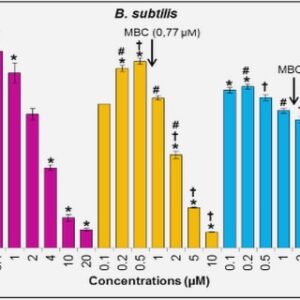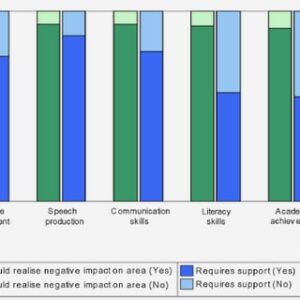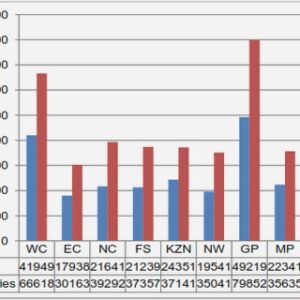(Downloads - 0)
For more info about our services contact : help@bestpfe.com
Table of contents
Chapter 1 Fundamental principles
1.1 Principles of gas-liquid mass transfer
1.1.1 Diffusion coefficient
1.1.2 Mass transfer coefficient
1.1.3 Theories of mass transfer
1.2 Gas-liquid mass transfer measurement
1.2.1 Classic method
1.2.2 Visualization techniques
1.3 Rheology principle
1.3.1 Definition of shear stress, shear rate and viscosity
1.3.2 Rheological measurement: principle of rheometer
1.3.3 Rheological behavior
1.3.4 Viscosity of polymer systems
1.3.5 Rheological models
1.4 Conclusions
Chapter 2 Material and Methods
2.1 Material
2.1.1 Polymers to study
2.1.2 Oxygen indicator (dye)
2.2 Experimental setup
2.2.1 Column
2.2.2 Syringe pump
2.2.3 Nd:YAG laser
2.2.4 CCD camera
2.2.5 High-speed camera
2.2.6 Acquisition system
2.2.7 Oxygen probe
2.3 Experimental protocol
2.4 Methods on bubble hydrodynamics
2.4.1 Bubble velocity and trajectory
2.4.2 Bubble shape and size
2.5 Methods on mass transfer quantification
2.5.1 Calibration of gray level and dissolved concentration
2.5.2 Image processing
2.5.3 Determination of the diffusion coefficient
2.5.4 Determination of the liquid side mass transfer coefficient
2.5.5 Error analysis
2.6 Conclusion
Chapter 3 Comparison of different visualization techniques (PLIF, PLIF-I and colorimetric techniques)
3.1 State of the arts
3.1.1 Free bubbly flows
3.1.2 Plane interface flows
3.1.3 Taylor flows and confined flows
3.2 Experiment under controlled conditions
3.3 Visualization result
3.3.1 Image of side view
3.3.2 Image of bottom view
3.4 Quantification of mass transfer
3.4.1 Calibration result
3.4.2 Mass flux
3.4.3 Diffusion coefficient
3.4.4 Mass transfer coefficient
3.5 Summary of advantage and limitation
3.6 Conclusion
Chapter 4 Hydrodynamics of the Bubble: Characterization of bubble shapes by parametric equations
4.1 State of the art
4.1.1 Bubble shape
4.1.2 Bubble velocity and drag coefficient
4.2 Bubble shape characterization and results
4.2.1 Bubble shape regimes in different solutions
4.2.2 Characterization with aspect ratio
4.2.3 Characterization with parametric equations
4.2.4 Result of shape parameters
4.2.5 Prediction of bubble shape
4.3 Result of bubble velocity and drag
4.3.1 Bubble velocity
4.3.2 Drag coefficient
4.4 Trajectory characterization and result
4.4.1 Trajectory fitting model
4.4.2 Trajectory result
4.5 Conclusion
Chapter 5 Mass transfer in polymer fluids
5.1 State of the art
5.1.1 Mass transfer quantification by visualization techniques
5.2 Mass transfer visualization and characterization
5.2.1 Hydrodynamic result
5.2.2 Oxygen concentration field in the bubble wake
5.2.3 Characterization with Gaussian equation
5.3 Result of mass transfer quantification
5.3.1 Mass flux
5.3.2 Diffusion coefficient
5.3.3 Mass transfer coefficient
5.4 Extension to mass transfer from big bubbles
5.5 Conclusion
References




